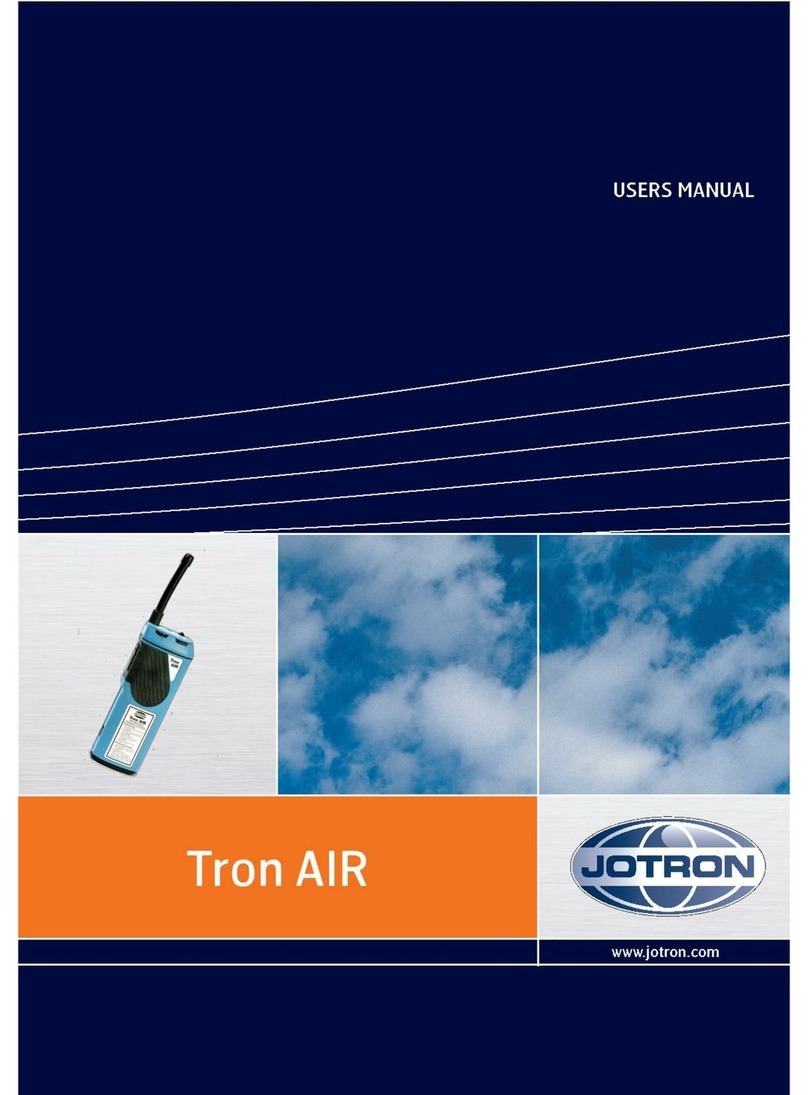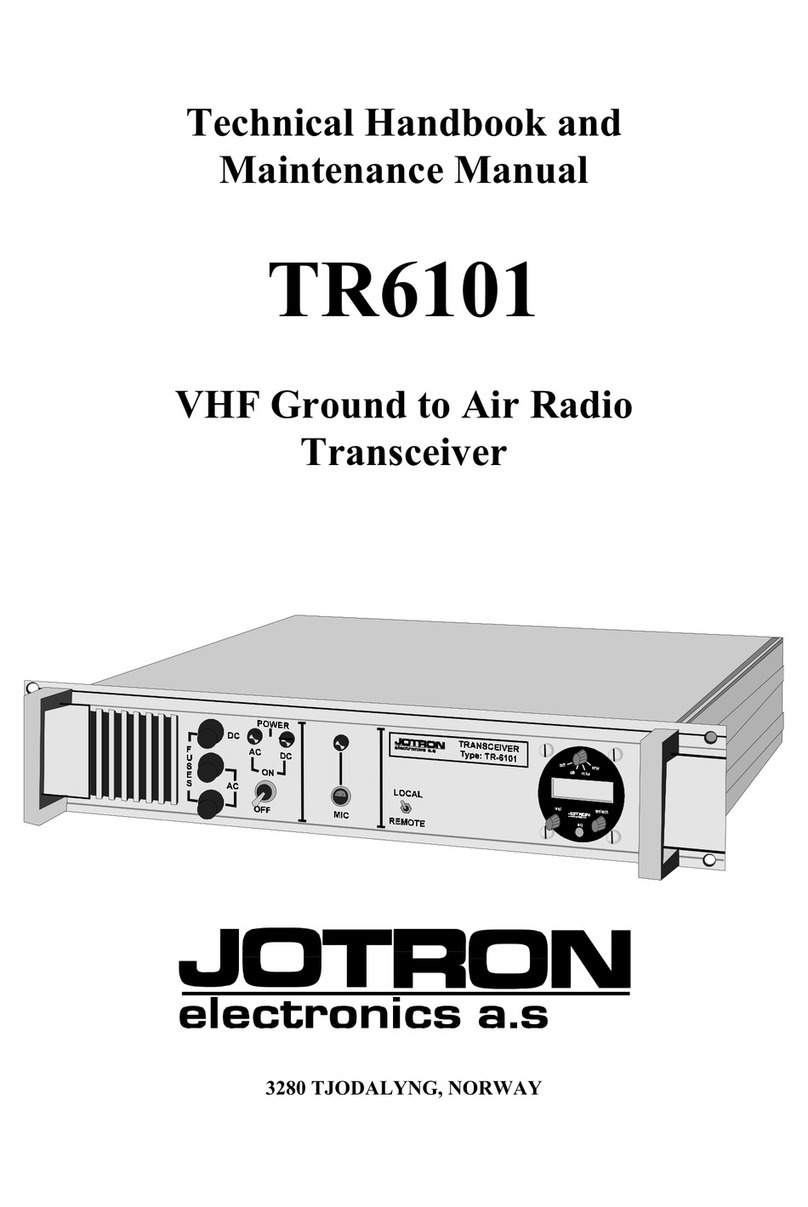
1INTRODUCTION.....................................................................................................................1-10
1.1 MODELS COVERED BY THIS MANUAL...................................................................................1-10
1.2 LAYOUT OF THE TRANSCEIVER............................................................................................1-11
1.3 APPLICATIONS......................................................................................................................1-11
2TECHNICAL SPECIFICATIONS............................................................................................2-1
2.1 GENERAL SPECIFICATION,TR-810 ........................................................................................2-1
3FUNCTIONAL DESCRIPTION...............................................................................................3-1
3.1 FRONT MODULE CONTROLS ...................................................................................................3-1
3.1.1 Display............................................................................................................................3-1
3.1.2 Scroll/Select switch and Navigation buttons A, B and C................................................3-2
3.1.3 ON/OFF button...............................................................................................................3-2
3.1.4 Front Mic/Headset connector.........................................................................................3-2
3.1.5 Preset channel buttons....................................................................................................3-3
3.2 TRANSCEIVER,REAR CONNECTIONS ......................................................................................3-3
3.2.1 Antenna connector (50 ohm N).......................................................................................3-3
3.2.2 DC Connector.................................................................................................................3-3
3.2.3 I/O connector (RJ45)......................................................................................................3-4
3.2.4 MIC II connector (RJ45) ................................................................................................3-4
4INSTALLATION........................................................................................................................4-1
4.1 COMPASS SAFE DISTANCE......................................................................................................4-1
4.2 INTRODUCTION. .....................................................................................................................4-1
4.3 INITIAL INSPECTION ...............................................................................................................4-1
4.4 INSTALLATION OF TR-810.....................................................................................................4-2
4.4.1 Split installation parts ....................................................................................................4-2
4.4.2 Measures of TR-810........................................................................................................4-3
4.4.3 Desktop Mounting...........................................................................................................4-4
4.4.4 Flush mounting...............................................................................................................4-5
4.5 ANTENNA CONNECTORS.........................................................................................................4-6
4.6 DC CONNECTION....................................................................................................................4-6
4.7 REMOTE SIGNALS...................................................................................................................4-6
5OPERATING INSTRUCTIONS...............................................................................................5-1
5.1 INTRODUCTION ......................................................................................................................5-1
5.1.1 Note on frequency setting...............................................................................................5-2
5.2 USER MENU –TRANSCEIVER,RESTRICTED ACCESS LEVEL....................................................5-3
5.3 USER MENU –TRANSCEIVER,NON-RESTRICTED ACCESS LEVEL ...........................................5-4
5.4 USER MENU –TRANSCEIVER,CHANNEL SETUP.....................................................................5-5
5.5 SETTING,INFORMATION AND CONFIGURATION MENUS –TRANSCEIVER...............................5-7
5.6 BITE INFORMATION MENUS –TRANSCEIVER..........................................................................5-8
6ERROR CONDITIONS AND CORRECTIVE ACTIONS.....................................................6-1
7BATTERY BACKUP UNIT ......................................................................................................7-2
7.1 TECHNICAL SPECIFICATIONS............................................................................................7-3
7.2 FRONT PANEL.........................................................................................................................7-4
7.2.1 On led .............................................................................................................................7-4
7.2.2 Charge led......................................................................................................................7-4
7.2.3 Alarm led........................................................................................................................7-4
84417_O&I_TR-810_G Introduction Page 1-8





























